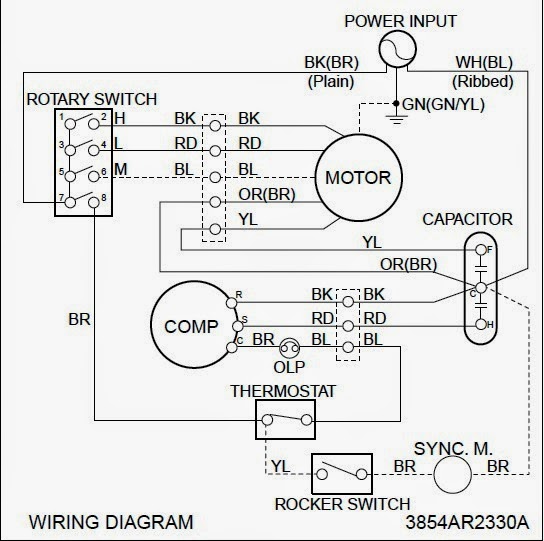Carrier AC Compressors: Cool Efficiency or Cold Cash Drain?
Is your air conditioner gasping its last breath on a sweltering summer day? A failing compressor could be the culprit, and if you’re rocking a Carrier unit, understanding the nuances of these vital components is key to keeping your cool and your wallet happy. This comprehensive guide dives deep into the world of Carrier air conditioning compressors, covering everything from their history and inner workings to troubleshooting and maximizing their efficiency.
Carrier air conditioning compressors are the heart of your cooling system, responsible for circulating refrigerant and enabling the heat exchange process that transforms hot, humid air into a refreshing breeze. While Carrier has a reputation for quality, these complex machines are not immune to wear and tear. Knowing how they function, common issues, and preventative maintenance practices can save you significant money in the long run.
Willis Carrier, the inventor of modern air conditioning, founded the Carrier Corporation in 1915. From its early days, the company has been at the forefront of cooling technology, continually refining and improving its compressors for greater efficiency and reliability. Today, Carrier compressors are found in homes and businesses worldwide, a testament to their enduring legacy of innovation. Understanding this legacy helps appreciate the technology packed into your own AC unit.
The importance of a properly functioning Carrier air conditioning compressor cannot be overstated. It's the engine that drives the entire cooling cycle. Without it, you're left with a fan blowing warm air, a scenario no one wants to face, especially during peak summer heat. A malfunctioning compressor can also lead to higher energy bills, as the system struggles to reach the desired temperature. This highlights the importance of regular maintenance and prompt repairs.
There are several types of Carrier AC compressors, each designed for specific applications and cooling capacities. Scroll compressors, known for their quiet operation and efficiency, are common in residential units. Reciprocating compressors, while older technology, are still used in some systems. Understanding the type of compressor in your unit is crucial for troubleshooting and selecting the correct replacement if needed. Investing time in understanding your system's components empowers you to make informed decisions about its care.
One of the main issues with Carrier air conditioning compressors, like any compressor, is wear and tear over time. Regular maintenance, including cleaning coils and checking refrigerant levels, can significantly extend the lifespan of your unit. Ignoring these tasks can lead to premature failure and costly repairs.
Three key benefits of a well-maintained Carrier air conditioning compressor are: Energy Efficiency: A properly functioning compressor uses less energy to cool your home, saving you money on your utility bills. Longer Lifespan: Regular maintenance can significantly extend the lifespan of your compressor, delaying the need for costly replacement. Improved Comfort: A healthy compressor ensures consistent cooling, providing a comfortable indoor environment even on the hottest days.
Advantages and Disadvantages of Carrier AC Compressors
| Advantages | Disadvantages |
|---|---|
| High Efficiency | Can be expensive to repair or replace |
| Quiet Operation (especially scroll compressors) | Requires regular maintenance |
| Durable and reliable with proper care | Susceptible to damage from power surges and refrigerant leaks |
Best Practices: 1. Schedule annual maintenance with a qualified HVAC technician. 2. Change air filters regularly. 3. Keep the area around the outdoor unit clear of debris. 4. Check refrigerant levels periodically. 5. Monitor the system for unusual noises or performance issues.
FAQs: 1. How long do Carrier compressors last? (Typically 10-15 years with proper maintenance) 2. What are signs of a failing compressor? (Noisy operation, warm air, increased energy bills) 3. Can I repair a compressor myself? (Compressor repairs are complex and best left to professionals) 4. How much does a new Carrier compressor cost? (Varies depending on the model and installation costs) 5. What type of refrigerant does my Carrier unit use? (Check the unit's label or consult the manual) 6. How often should I change my air filter? (Every 1-3 months depending on usage and air quality) 7. Can I improve my compressor's efficiency myself? (Regular cleaning and maintenance can help) 8. What should I do if my compressor fails? (Contact a qualified HVAC technician for repair or replacement)
In conclusion, your Carrier air conditioning compressor is a critical component of your home’s cooling system. Understanding its function, importance, and potential issues can empower you to make informed decisions about maintenance and repairs. By following best practices and addressing problems promptly, you can maximize its lifespan, enjoy efficient cooling, and avoid unexpected expenses. Investing in your AC system's care translates directly to comfort and long-term savings. Take control of your cooling costs and enjoy the sweet, refreshing breeze of a properly functioning Carrier air conditioning system.
The artful ascent cultivating beauty with decorative vegetable garden trellises
Fifa 23 on the play store your mobile soccer guide
Toyota rav4 for sale in south africa your adventure awaits













